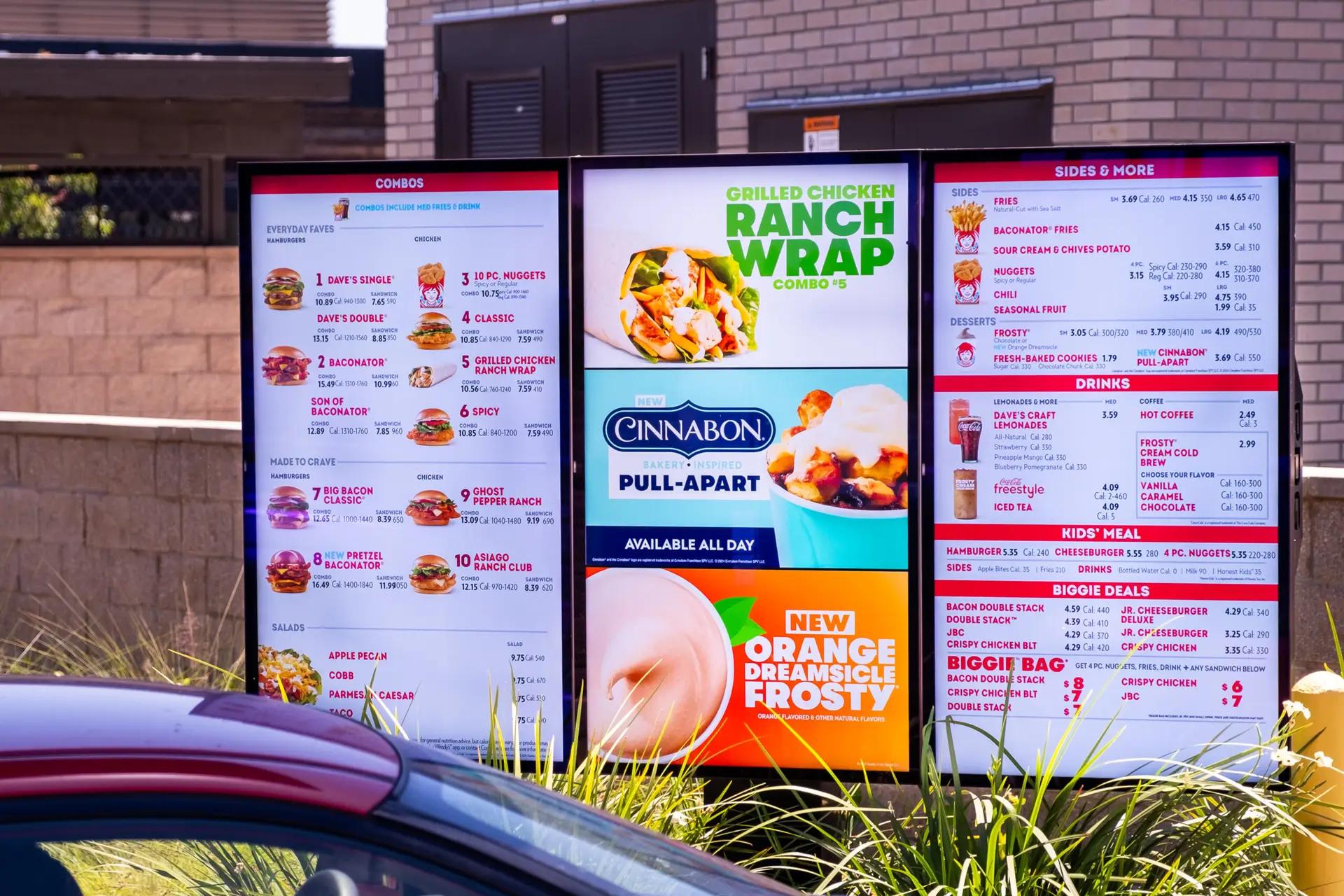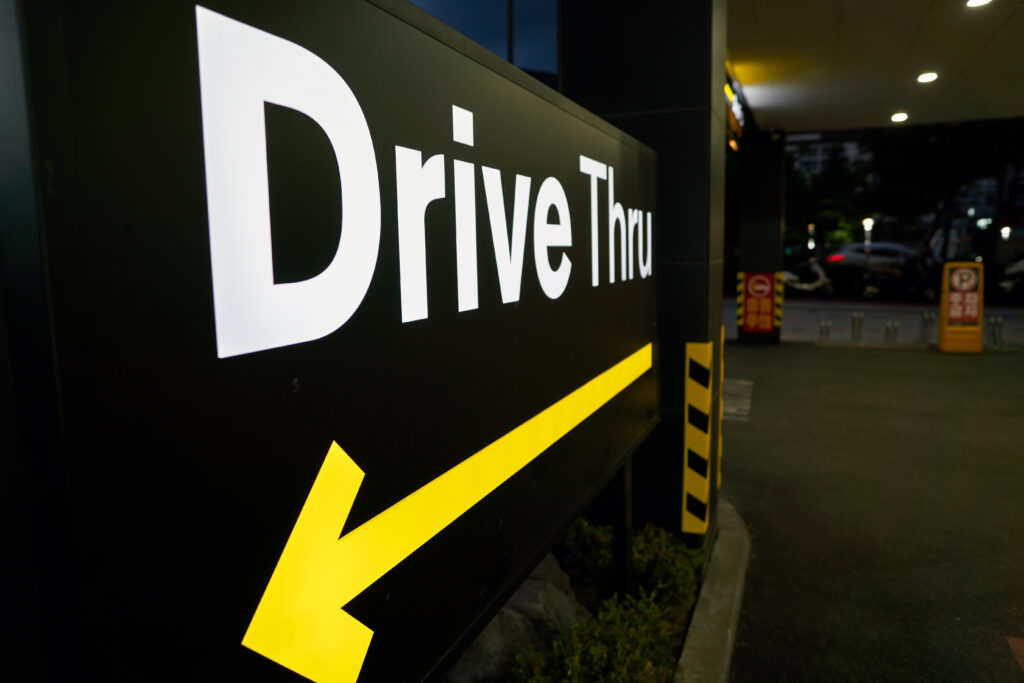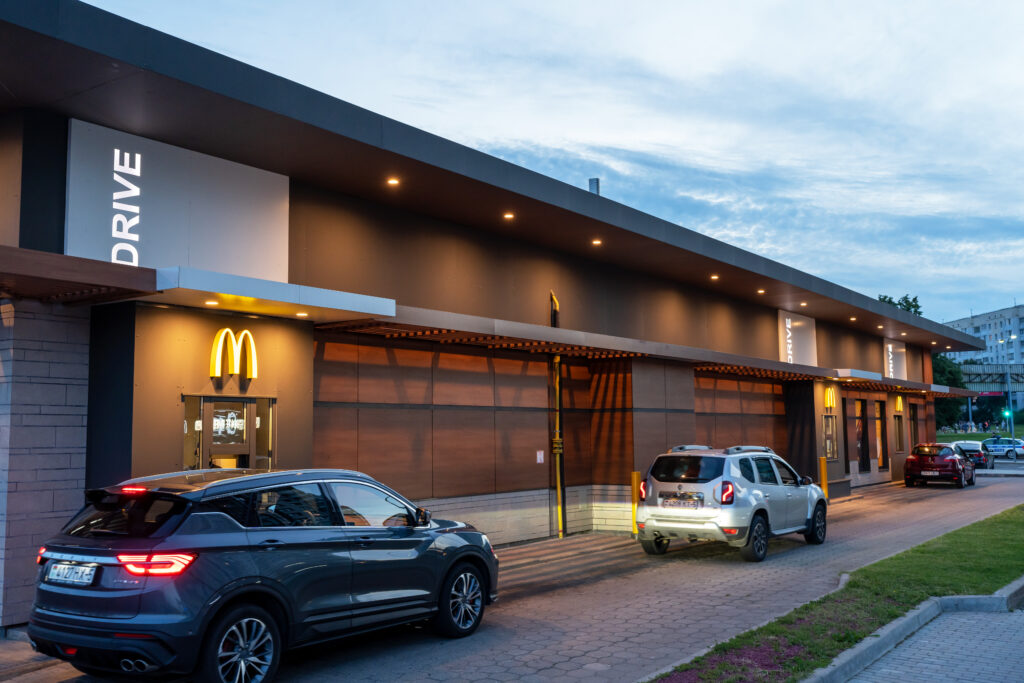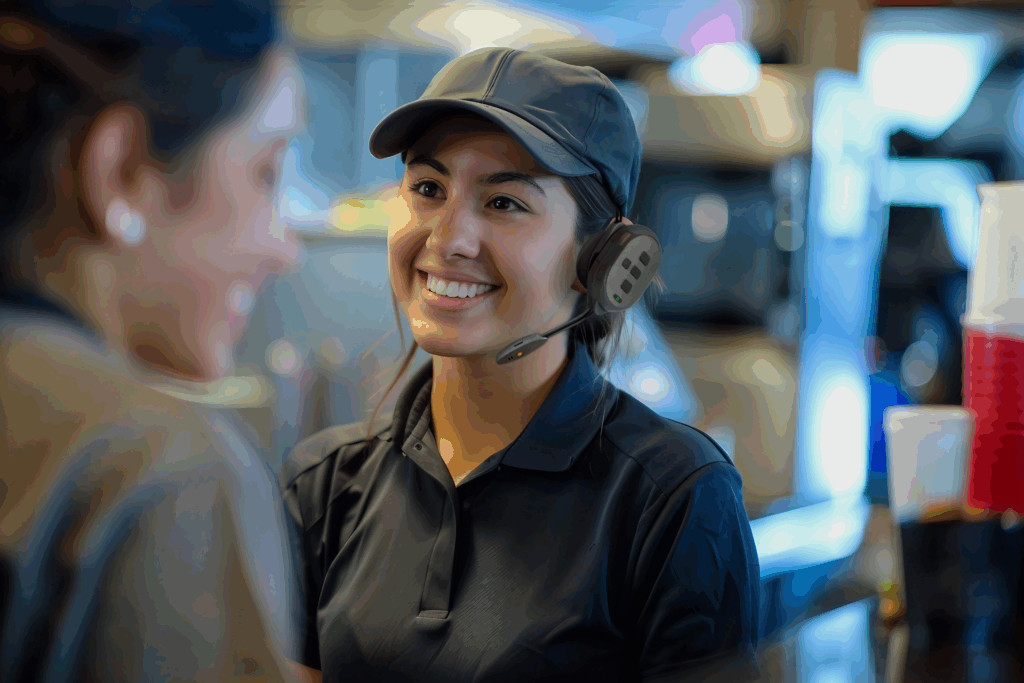Whether customers are walking into your restaurant or pulling up to the drive-thru, your menu board is one of the most powerful tools for influencing their purchasing decisions. Choosing between digital and static menu boards isn’t a one-size-fits-all decision—it depends on your goals, budget, and operational needs. In this post, we break down the pros and cons of each, with a focus on both in-store and drive-thru environments.
Digital Menu Boards: The Advantages
- Real-Time Menu Updates: Digital menu boards give restaurants the ability to change items, prices, and promotions instantly, whether you’re managing a single location or a large chain of stores. This flexibility is a major advantage in dealing with supply chain fluctuations, seasonal limited-time specials, or corporate promotions.
- Dayparting and Dynamic Content: With scheduling features, you can automatically switch menus for breakfast, lunch, and dinner. You can also promote limited-time offers, combo deals, or high-margin items at specific times of day to drive sales.
- Eye-Catching Visuals: Full-color visuals, video, and motion graphics engage customers more effectively and help influence decision-making. This extra attention can increase average ticket size and encourage impulse buys.
- Enhanced Drive-Thru Experience: In the drive-thru, digital menu boards can include order confirmation screens that help reduce errors and improve service speed. Weather-resistant, high-brightness monitors are designed for clear visibility in all conditions.
- Centralized Control Across Locations: Operators with multiple locations can control menu content across all stores from one central dashboard, maintaining consistency and allowing rapid rollouts of new items or promotions.
- Longer-Term Savings: While the upfront investment is higher, digital boards eliminate the recurring cost of printing and shipping physical signage and make it easy to adapt without additional materials.
Digital Menu Boards: Things to Consider
- Higher Startup Costs: Between displays, software, installation, and hardware like media players, digital signage has a higher initial investment than traditional static solutions.
- Technical Requirements: Setup, maintenance, and ongoing technical support can require additional resources. You’ll also need to manage power, network connectivity, and software updates.
- Downtime Risks: While rare, digital boards can be vulnerable to power outages or connectivity issues. Backup solutions should be in place, especially for drive-thru operations that rely on screens during peak traffic hours.
- Learning Curve for Staff: Depending on your system, there may be some staff training required to get comfortable with managing content or troubleshooting basic issues.
Static Menu Boards: The Attractions
- Low Initial Cost: Printing and installing fixed menu boards is significantly more affordable, making this a practical choice for startups, food trucks, or restaurants with tight budgets.
- Simplicity and Reliability: No software, cables, or connectivity issues–static displays are always on and visible, even during power outages. Their simplicity is a benefit for smaller teams or locations with fewer tech sources.
Static Menu Boards: The Reality
- Inflexibility: Once printed, static menus are difficult to change. Pricing or item updates require reprinting and reinstallation, which adds time, cost, and manual effort.
- Limited Promotional Capabilities: Static boards do not support rotating promotions, real-time upselling, or meal suggestions. You miss the opportunities to tailor messaging to the time of day, weather, local events, or dining trends.
- Drive-Thru Limitations: In the drive-thru, manually updating static boards is especially cumbersome. If an item sells out or a special promotion ends, there is no quick way to inform customers, leading to order changes, confusion, and slower overall service.
- Higher Long-Term Costs: Although they are more affordable upfront, static signage can cost more over time due to frequent reprints, especially for restaurant operations regularly updating their offerings.
So, overall, which is better? There’s no single right answer when deciding between digital and static menu boards. It is ultimately dependent on your unique needs, goals, and scale.
- Digital boards are ideal for restaurants that frequently update their menus, want to maintain a modern image, enhance customer engagement, and are looking to streamline drive-thru operations–all while future-proofing their business for long-term growth.
- Static boards are better suited for restaurants with simple or stable menus, limited budgets, or minimal operational changes.
If your restaurant relies heavily on drive-thru service, digital menus offer substantial advantages in speed, accuracy, and menu flexibility. And as customer expectations evolve, offering clear, real-time information becomes not just a competitive edge, but a necessity.
At R.F. Technologies, Inc., we help restaurants find the best menu board solution for their specific needs. Whether you’re looking to upgrade from a static board to a digital display or outfitting a new restaurant with a modern, dynamic system, we offer both static and digital menu boards at competitive prices. Our knowledgeable team guides you through every step of the process to ensure you get the right fit. We also offer our “Essential” line—a cost-effective alternative to big-name menu boards—that delivers great features without the premium price tag.



